Car Buying Tips
2025 Japanese SUVs: The Best and Worst Choices Revealed
2025 Best and Worst Japanese SUVs: What You Need to KnowThe world of SUVs can be a minefield of choices, especially if you are looking for Japanese brands that promise reliability and practicality. However, factors like performance and style have significantly shifted, resulting in a confusing market landscape. The **video**, "The 5 Best and 5 Worst SUVs You’ll REGRET Buying," dives into the good, the bad, and the ugly, sparking crucial insights for potential buyers.In 'The 5 Best and 5 Worst SUVs You’ll REGRET Buying,' the discussion dives into critical insights about Japanese SUVs, highlighting models that could shape your purchasing decisions.
A Deep Dive into the Worst ModelsIn the video, five models stood out as particularly regrettable buys for 2025. First on the list was the Acura MDX. Known for its comfortable cabin and responsive steering, it sadly lacks the power punch expected from a luxury SUV. With a sluggish engine and underwhelming performance, it doesn’t deliver the excitement or quality the badge demands. Buyers should consider this an indicator to shop elsewhere for better alternatives.The Nissan Rogue held a critical spot with its poorly rated CVT transmission, which many drivers find noisy and unreliable. Add to this build quality concerns and a track record of glitchy technology, and it becomes clear that opting for the Rogue could lead to disappointment.Then we have the Mitsubishi Outlander, cloaked in a deceptive exterior allure. While marketed as a capable SUV, problems with brake wear and underwhelming power leave drivers frustrated and disappointed. At over $30,000, it’s hard to justify the price tag when reliability is questionable.Next is the Toyota CH-R, which reveals its flaws despite its flashy appearance. With visibility issues and a painfully slow acceleration time, it’s evident that beauty does not equate to functionality.Finally, the Nissan Pathfinder claims the title of the worst SUV in the segment. Known for poor performance in off-road conditions and past reliability concerns, it lacks the thrill and responsiveness drivers expect.Shining Lights: The Best Japanese SUVs of 2025After debunking the disappointments, the video pivots to unveil five commendable SUVs for budding buyers. The Honda Pilot tops the list with a robust engine, towing capacity, and impressive safety ratings. Its spacious interior makes it an ideal family vehicle, blending power and practicality seamlessly.Following closely is the Subaru Forester, a cult favorite known for its adventurous capabilities. With exceptional fuel economy and superior safety features, it’s designed for those who crave exploration without sacrificing reliability.The Mazda CX-5 delivers a blend of striking design, smooth handling, and impressive reliability scores, making it a fan favorite in the SUV market. A solid all-rounder that doesn't compromise on quality.The Lexus GX 460 brings luxury and versatility to the off-road table, merging powerful performance with top-tier comfort. If you’re someone who values rugged elegance, this might just be the SUV for you.Rounding out the best list is the Toyota RAV4, celebrated for its well-rounded package, reliability, and practical features, making it the ultimate choice for drivers needing dependability at an affordable price point.How to Make the Right SUV ChoiceUnderstanding what to look for in an SUV is crucial in today’s market. Factors such as performance, comfort, safety features, and repair records significantly affect a vehicle’s long-term value. If reliability and fuel efficiency are your priorities, brands like Honda and Toyota certainly hold up better in the long run. Conversely, keep an eye on models that have shown problematic behavior, which can save you time and money in the future.Additionally, consider test driving multiple vehicles. An SUV may look appealing on paper, but firsthand experience is invaluable in determining comfort and usability.The Value of Knowledge in Car BuyingCar ownership can be a thrilling experience, but understanding your options makes all the difference. With numerous models saturating the market, knowing which are worth your hard-earned money can protect you from buyer’s remorse.In conclusion, the insights provided in the video serve as a crucial resource for navigating the complex landscape of Japanese SUVs in 2025. As you approach your next SUV purchase, remember to weigh performance, reliability, and overall value to make decisions that serve you well in your journey.So, whether you're a seasoned driver or a first-time buyer, take these lessons to heart. If you’re in the market for a new vehicle, consider the recommendations and heed the cautions to ensure your next ride is a smart investment.

 Add Row
Add Row
 Add
Add

 Add Row
Add Row
 Add Element
Add Element

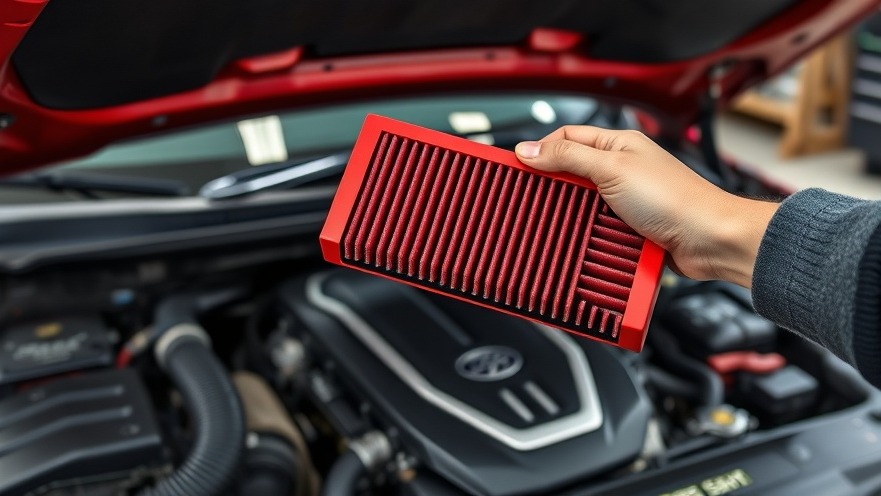
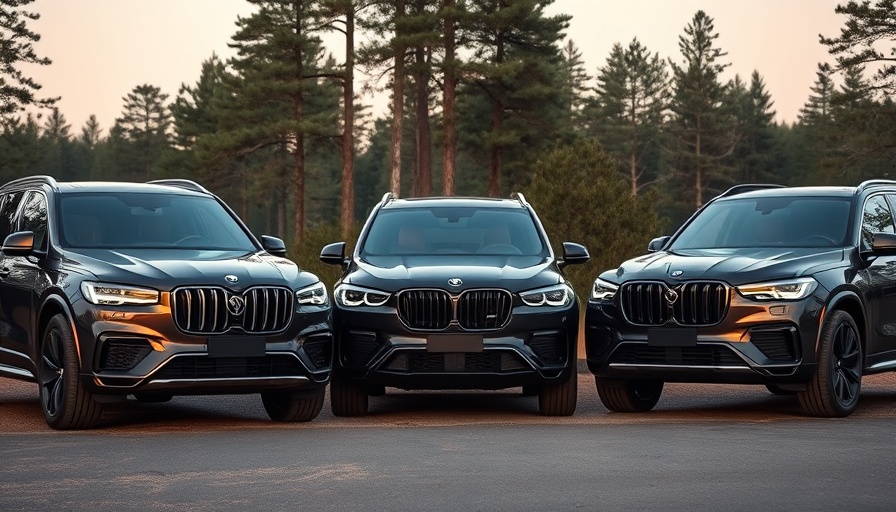

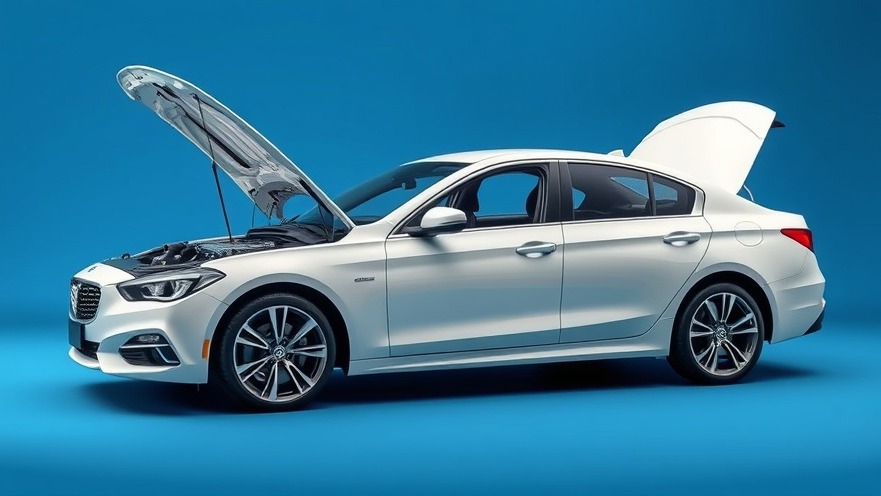



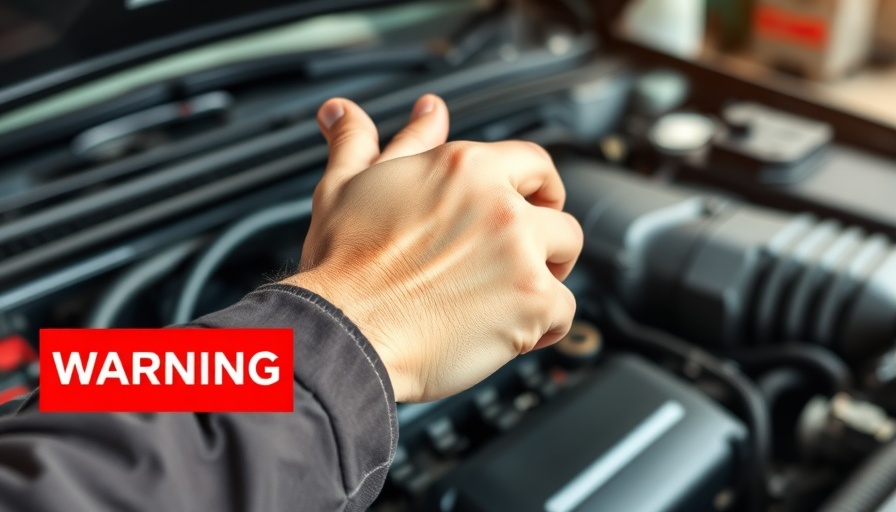




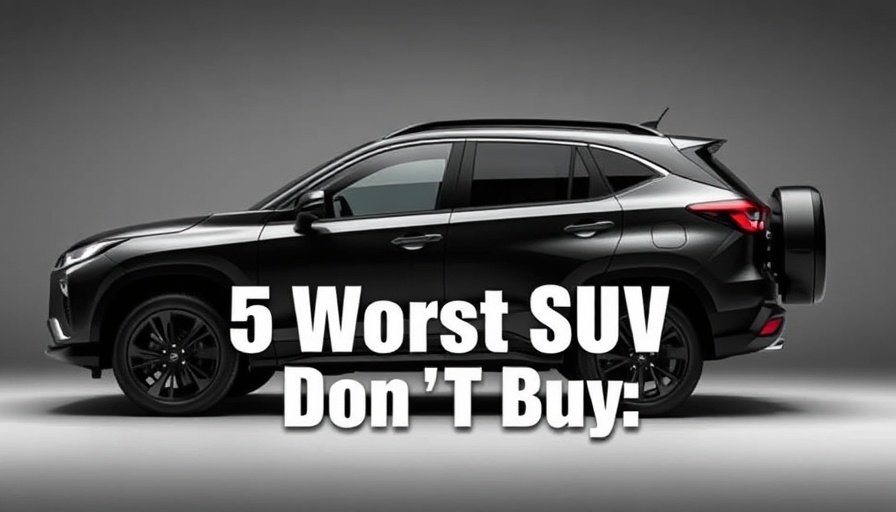





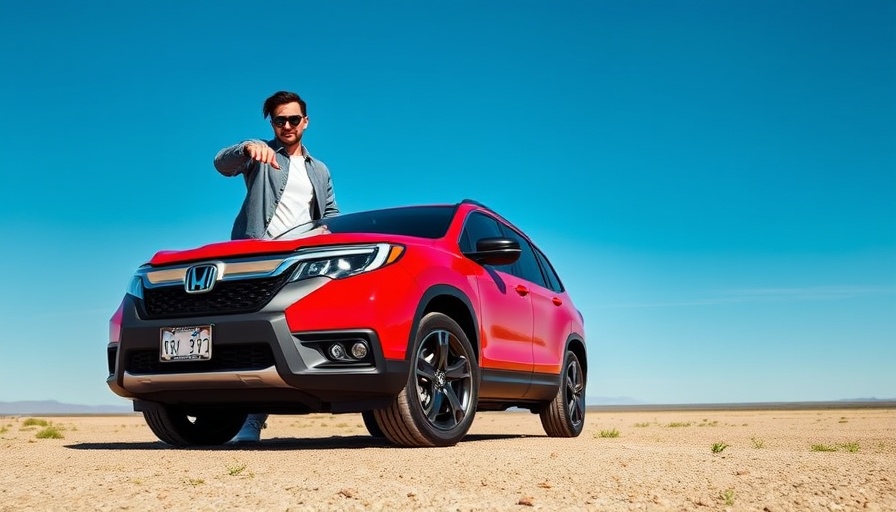





 Add Row
Add Row
 Add
Add

